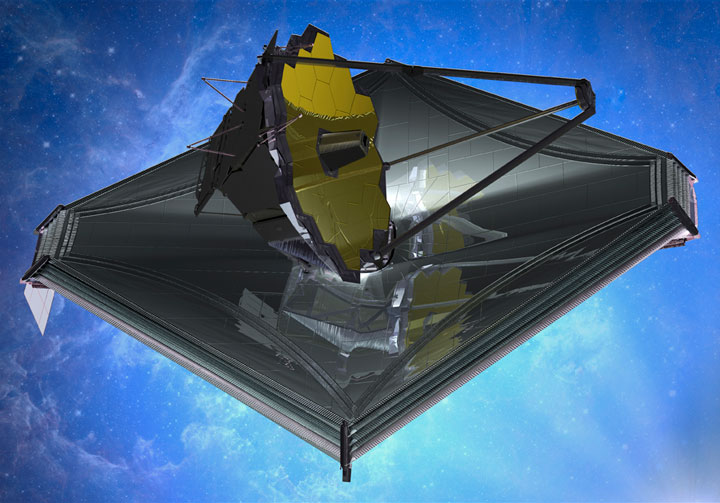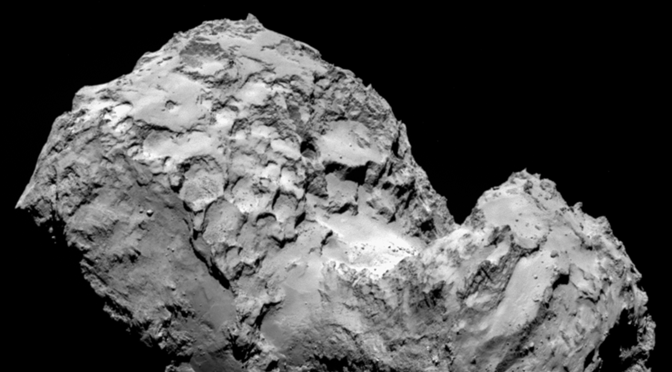
For two decades, the Earth-orbiting Hubble Space Telescope helped pierce the veil of time, image stellar nurseries and prove that galaxies collide. Now, the James Webb Space Telescope stands poised to take those observations to the next level, making the delicate observations possible only in the cold, dark spaces beyond the moon.
Slated for a 2018 launch date and team-built by 14 countries, 27 states and the District of Columbia, Webb will take astronomers closer to the beginning of time than ever before, granting glimpses of sights long hypothesized but never seen, from the birth of galaxies to light from the very first stars. Join us as we explore…




